Art is a product of society, just as much as society mirrors art. It is a symbiotic relationship that doesn’t drop. With technology at our fingertips, it’s no surprise that artists want to incorporate digital art into society. As a result, today’s digital art is inventive, dynamic and diverse.
From digital illustrations to immersive installations, digital art has transformed art creation, consumption and engagement. The role digital art plays in society is multifaceted. Not only has it brought about Gender Equality through various expressions, but it has also helped achieve other United Nations Sustainable Development Goals, including Decent Work and Economic Growth, Quality Education and Reduced Inequalities, among many others.
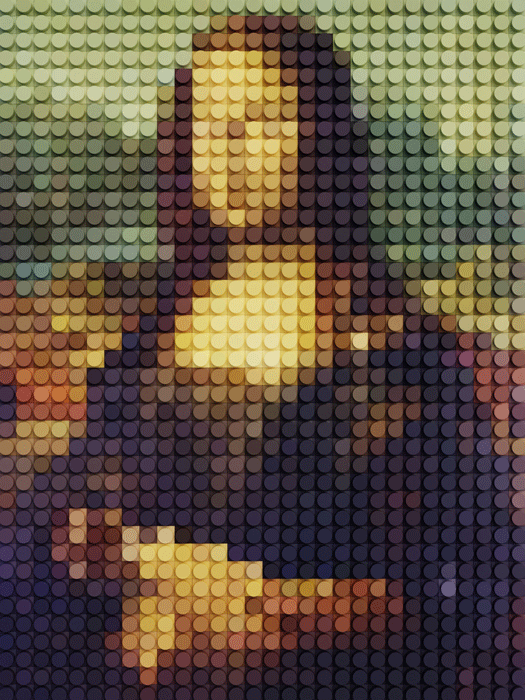
Art Democratization
Digital technology has made it easier for artists to create and push their talent without surpassing barriers such as museums, galleries, and art facilities. Artists from humble backgrounds have recently risen thanks to technology. As a result, they have gained exposure to wider audiences and ground in the international space.
NFTs, for instance, have opened doors for African artists who have attracted worldwide attention to their works. It has also allowed them to earn a decent living from art, reducing inequalities. Charles Amelewa, a 23-year-old photographer from Nigeria, harnessed the power of NFTs to improve his income. Before embracing digital art, Amelewa made only peanuts from his passion and now through NFTs, he has tripled his earnings.
Art democratization has made it easier for buyers and art enthusiasts to access creative pieces worldwide.
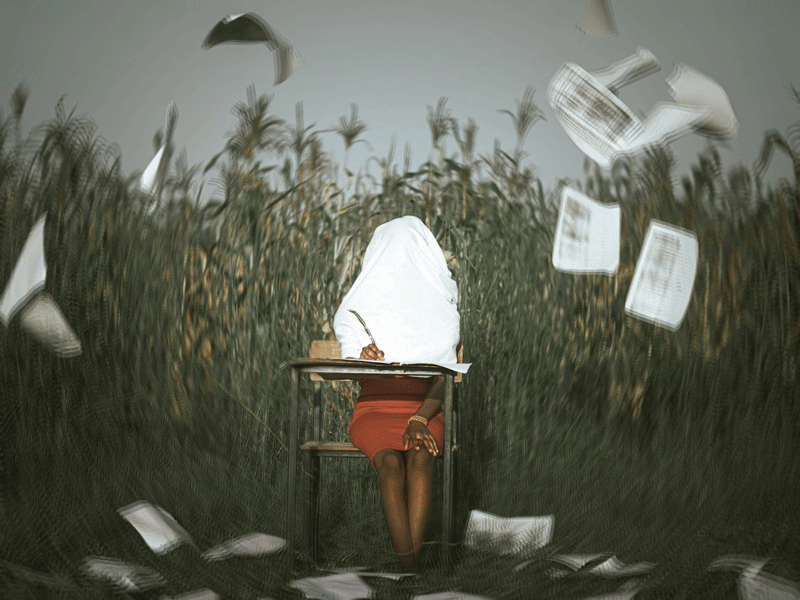
Experimenting with New Forms of Expression
Digital art has enabled artists to unearth their creativity further. Artists can advance their work and improve their talent through new materials, mediums and techniques.
Digital art has expanded the possibilities through augmented reality exhibitions and virtual reality installations, among other avenues. Unlike conventional art galleries, artists leverage technology to access markets they would have only imagined before.
Use algorithms to create generative art. Using simple rules on patterns, shapes and colours, you can create unique art pieces. Users can participate in art creation through interactive art and the creation of virtual reality art for 3D spaces.
Using visual effects and animation creates engaging and dynamic visuals through motion graphics. Also, artists can create abstract or realistic paintings via digital painting. The emergence of augmented reality art using smartphones or other tools is more mainstream.
Going Beyond Societal Norms and Values
Art has broken the gender barrier in many communities worldwide – thus promoting gender equality. We can create awareness of emotive issues in society through socially relevant art pieces. Art sparks conversations across different subjects.
A good example is how digital art helps to share more insights about the environment, politics, and identity. It shows how these issues interlock with society. The younger generation has found its voice in digital art. They use art to push their statements constructively – even on diverse and controversial issues.
Through creativity, the youth can challenge dominant views and perspectives across government, religion and culture.
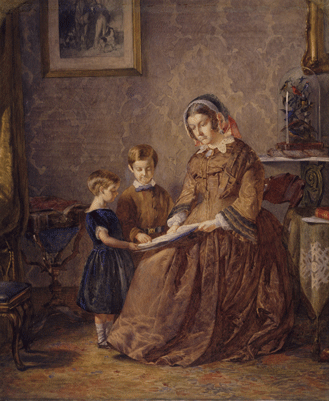
Breaking the Boundaries Between Different Artistic Disciplines
Contemporary art challenges traditional forms of art for a better experience. For instance, using sculpture, sound and projection mapping for digital art installations creates immersive experiences that are entertaining and engaging.
Digital tools enable artists to combine various elements, such as animation, sculpture, photography and painting to develop new art forms. Digital art breaks boundaries through interactive installations as well. Sensors and other technologies allow viewers to take part in artwork from digital artists.
Digital artists can use video game engines to deliver creative visually-stunning pieces of art. Artists are also taking advantage of augmented and virtual reality to showcase art.
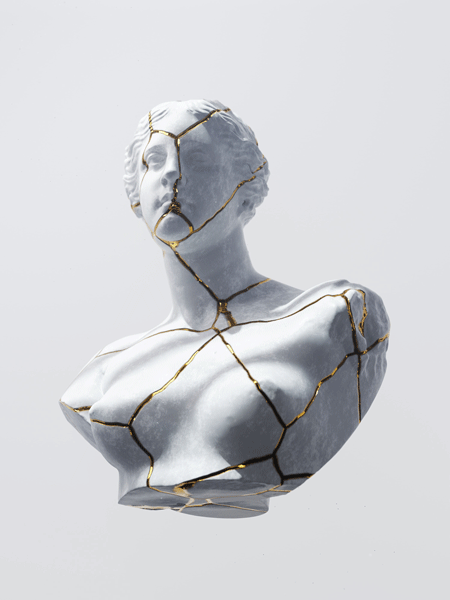
Digital Art is a Commercial Force in the Modern Art Market
Online marketplaces have boosted earnings for artists across the globe. Before, climbing the income ladder was a dream for struggling artists. But with the inception of Web3 platforms, new avenues have opened.
Artists now sell their digital art pieces as NFTs across different online marketplaces. This boosts their income levels by a significant margin. For many artists, especially those from marginalized areas, digital art has broken the inequality gap and reduced poverty levels.
Digital art is a win-win for both artists and collectors. Then, both groups had to go through many intermediaries, which made the acquisition and sale process hectic. Today, artists can monetize their work as efficiently as collectors can acquire art.
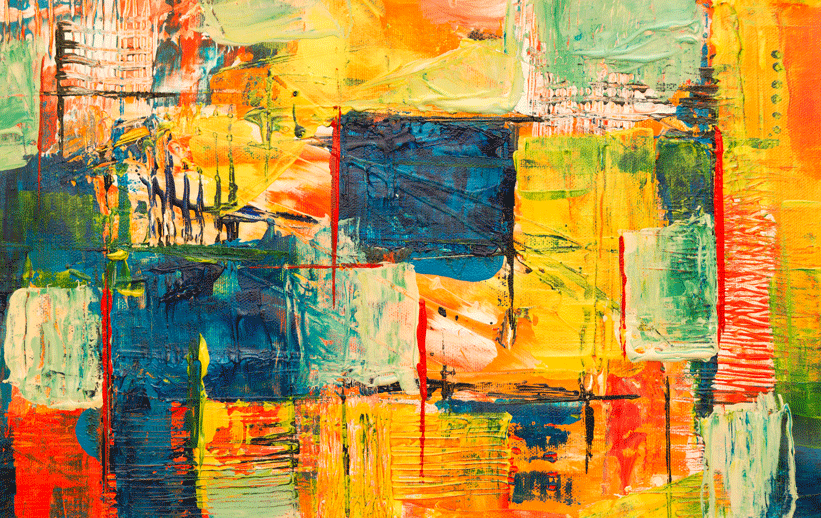
Digital art has, indeed, become an integral part of contemporary culture. It serves roles that conventional art couldn’t do. Integrating technology with conventional art has opened the doors of creativity and made the impossible possible along with striding towards implementing the United Nations Sustainable Development Goals.
Looking toward the future, we can only expect digital art's role in contemporary culture to increase exponentially.
